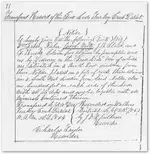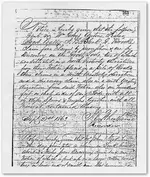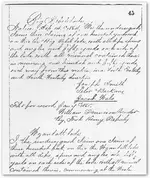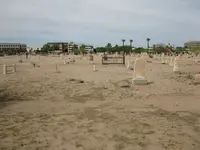Thanks for the history lesson but I was referring to the time period of the so called lost mine not 50 years earlier.
Do you really think a matchbox sample can be compared to anything?
Below is from the Arizona Daily Gazette. November 27, 1894. Can you tell me what part of the Bulldog mine was sampled for comparison? The main shaft at 105 feet? 50 feet? 10 feet? One of the numerous shafts? What year was the comparison sample taken?
The Bulldog mine of today is controlled
by Gus Hirschfield and N. Ellis, of Phoenix, who
have upon it a bond of $50,000, taken from C. R.
Hakes and the Merrill brothers, of Mesa. It
comprises two full-sized claims, covering parallel
ledges.
The main shaft is now down 105 feet, two
levels, connected by winzes, being run about'
,forty feet to either side. To connect with the
western drifts an air shaft, 100 feet in depth,
is now being sunk. Development workings of
varying depth have been driven at many different
points on the Bulldog and its sister claim, the
Highlander, and everywhere the rock shows up in
a manner delighting the miner's heart. The ore
body is a curious one. Traced between its "diorite
contact, it appears to be over 100 feet
wide, almost,every foot of which shows a color
of gold in the horn Spoon. Within the ledge
matter, however, are "stringers" two and three
feet in width, from which marvellous assays are
made. One lot of a few tons taken from a development
winze is worth fully $5,000 to the
ton. "This dump here," said Superintendent
Thorndyke, "comprises about 150 tons, all taken'
out of this shaft and drifts. I've assayed all
around it and I can't find a bit'of it that
gives less than $100 to the ton." Taking a hammer,
he chipped off a little grayish quartz from
continued on next page.








